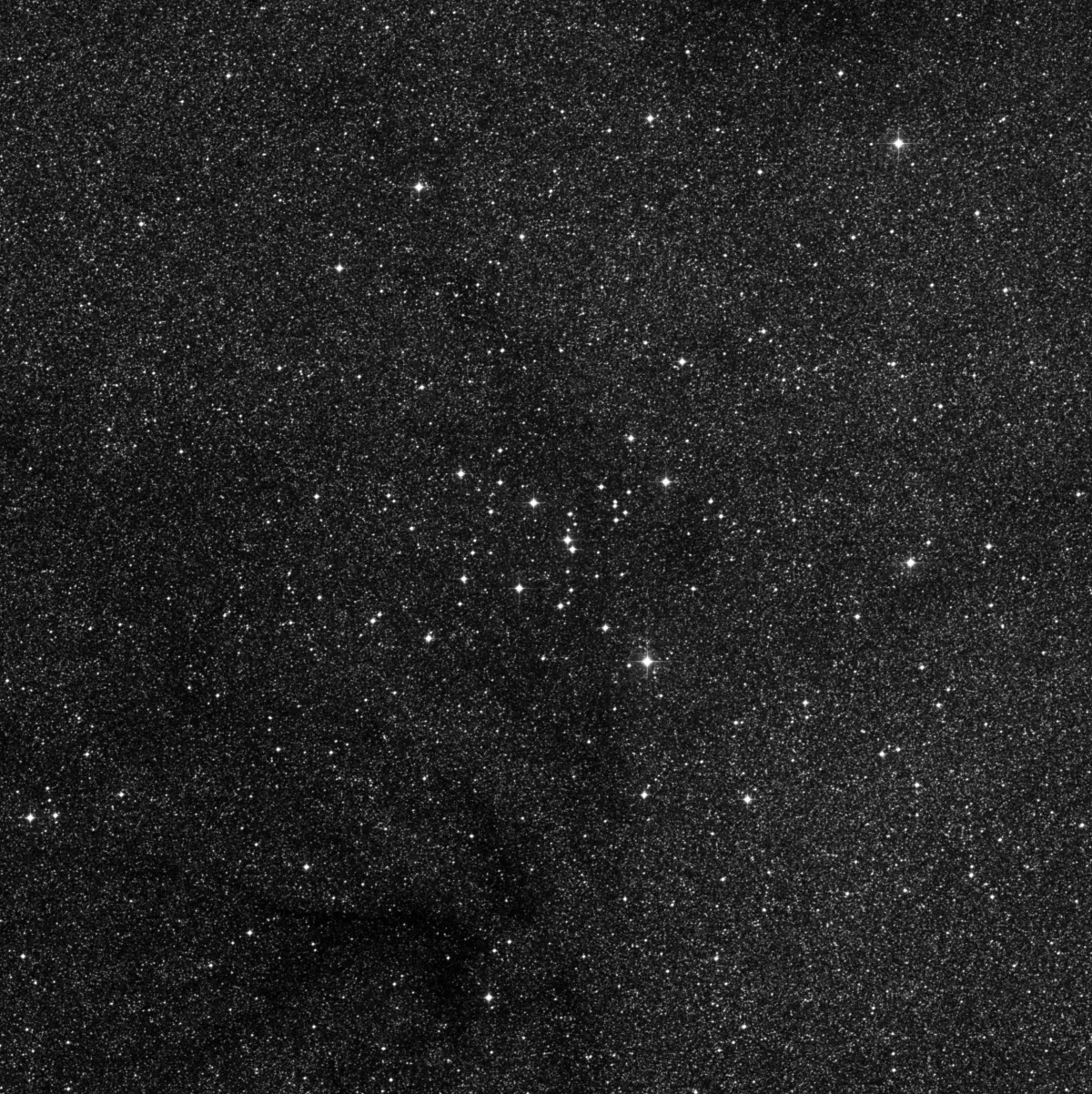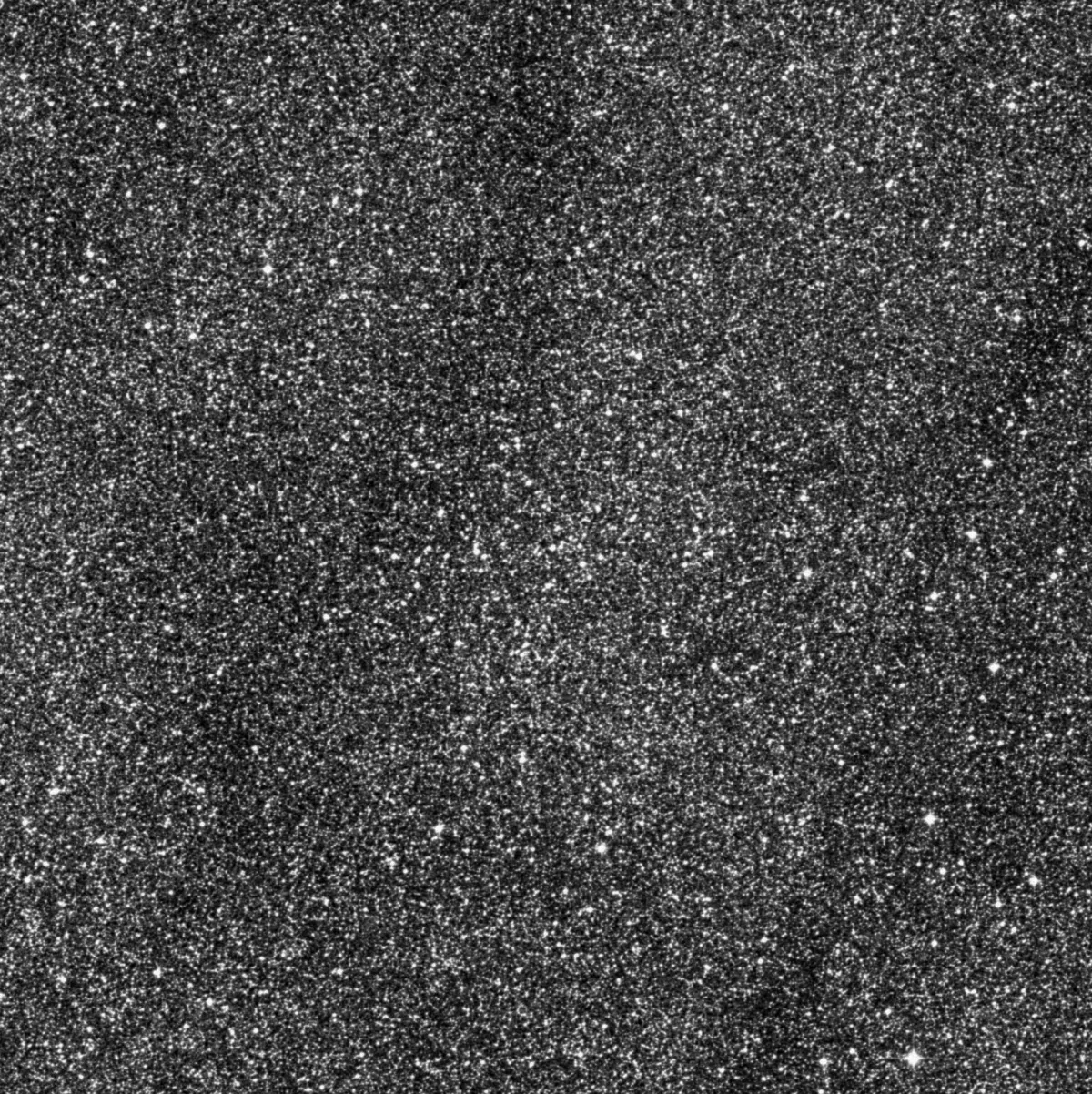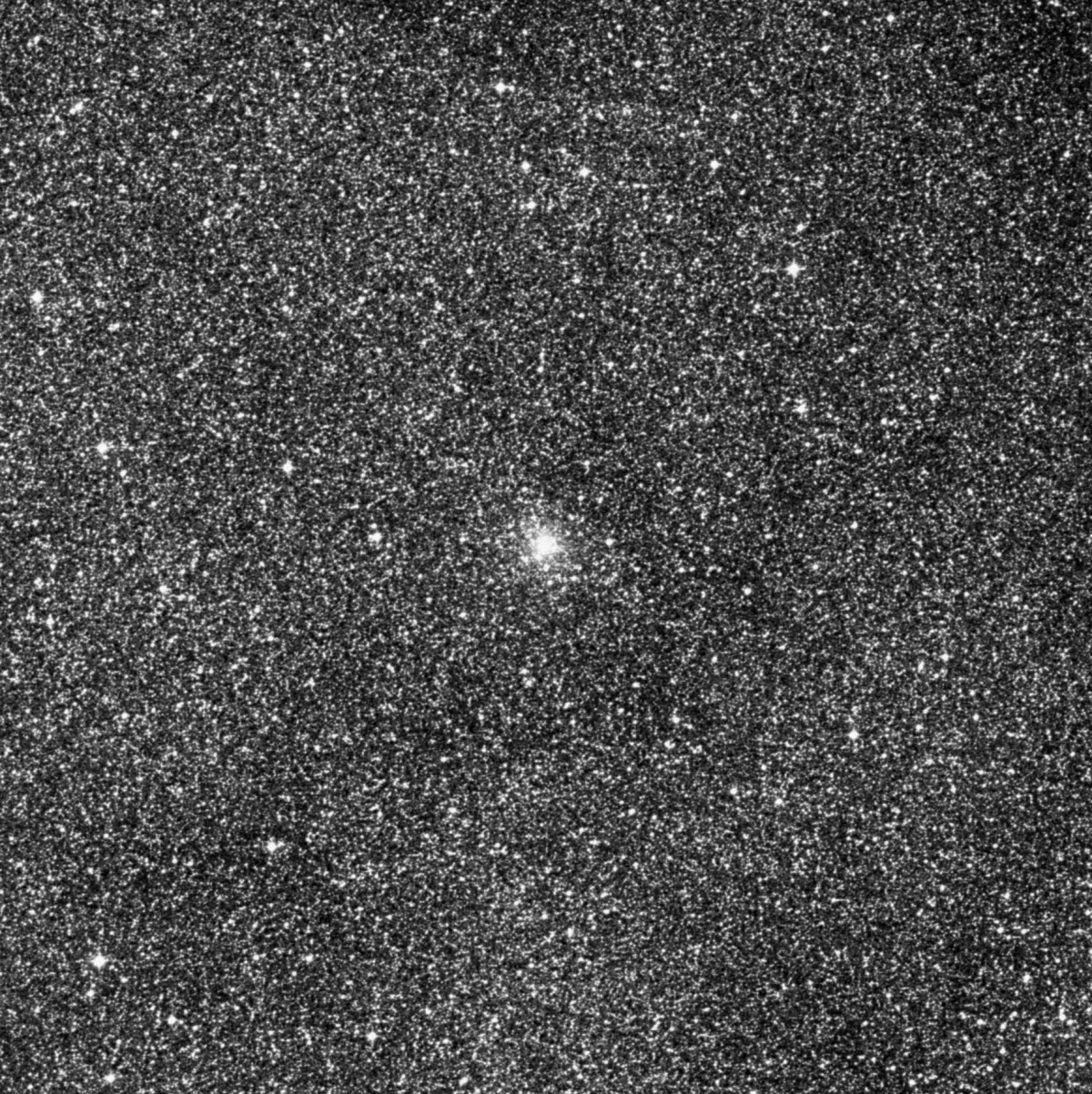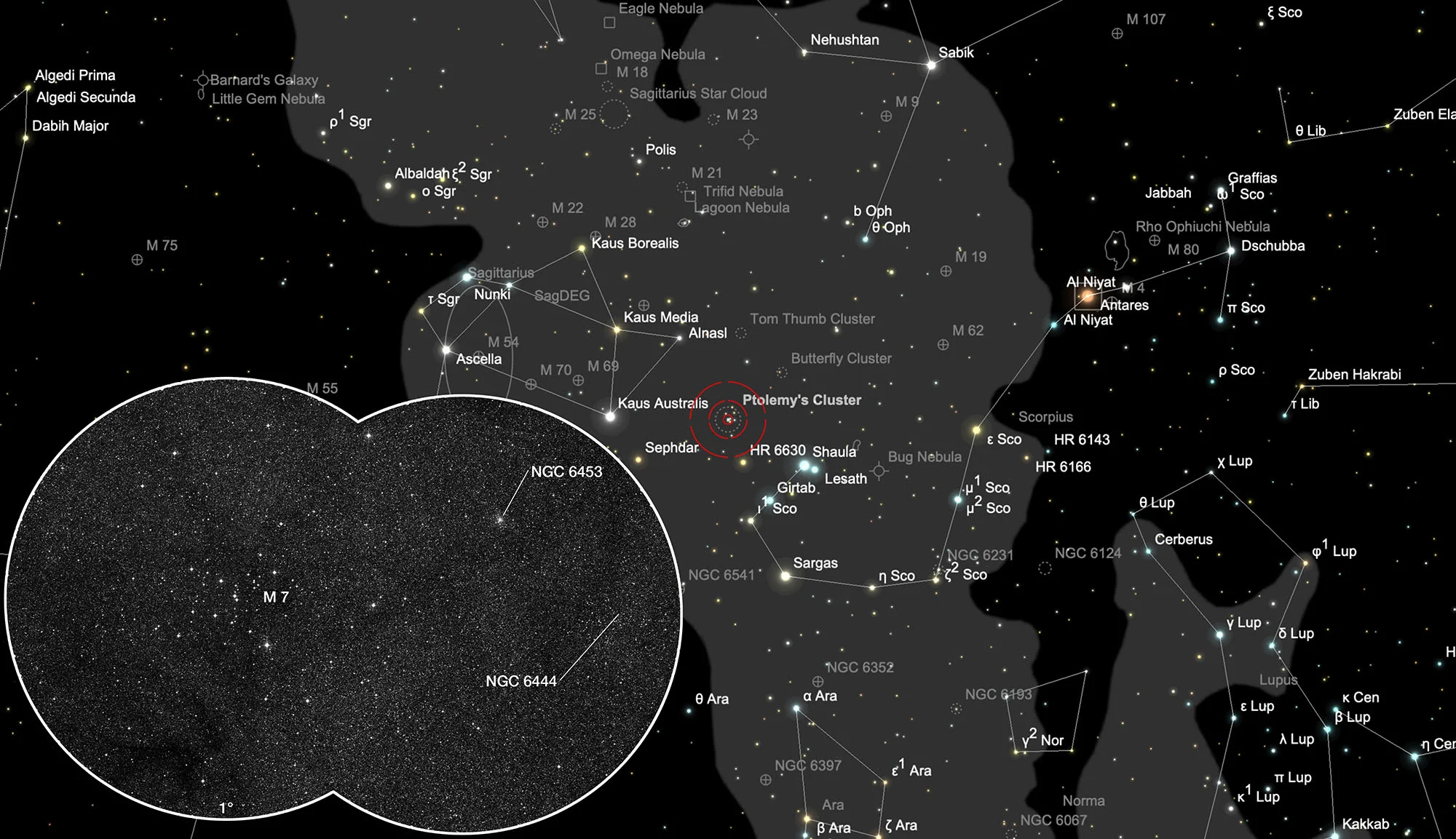Clusters Messier 7, NGC 6444, NGC 6453

History
Messier 7 is a large and brilliant open star cluster that can easily be seen with the naked eye. He was already mentioned in Ptolemy's catalog and in the Latin translation from the 16th century of Amalgest he appears together with Messier 6 as Girus Zonen nebulosus. The Arabic name Tali al Shaulah is the equivalent of the Latin translation of Ulug Beg's title: «Stella nebulosa quae sequitur aceleum Scorpionis» (which follow the sting of the scorpion). Hevelius includes M 7 in a list published in 1690 and the cluster also appears in W. Derham's short catalog of «nebulous stars» in 1730. M 7 is the southernmost object recorded by Messier.
Physical Properties
From our line of sight, the star cluster M 7 appears projected in front of numerous distant Milky Way stars. The distance is about 600 light years. The central area covers about 30 arcminutes. The cluster contains 80 stars brighter than 10th magnitude in a field of 1.2° diameter. The group is reminiscent of Praesepe (M44) in the constellation Cancer, but a little smaller. Spectral studies showed that the group members brighter than 7.5 magnitudes have already developed out of the main sequence. The age of the cluster is estimated to be around 260 million years - older than the Pleiades, but much younger than globular clusters. The cluster contains eight spectroscopic and at least three visual, but very close binary stars with a component spacing of 0.1 to 0.5 arcseconds. [4]
| Designation | NGC 6475 |
| Type | OCL (II2r) |
| Right Ascension (J2000.0) | 17h 53m 50.0s |
| Declination (J2000.0) | -34° 47' 36" |
| Diameter | 75 arcmin |
| Photographic (blue) magnitude | 3.5 mag |
| Visual magnitude | 3.3 mag |
| Metric Distance | 0.300 kpc |
| Dreyer Description | Cl, vB, pRi, lC, st 7…12 |
| Identification, Remarks | h 3710; GC 4340; M 7; OCL 1028; ESO 394-SC9; Ptolemy's cluster |
Nearby Star Clusters
In the shadow of M 7 stands the rather inconspicuous open star cluster NGC 6444. Dreyer described the open star cluster somewhat euphorically as very large and very rich in stars of 12th and 13th magnitude. [313] It is really big and has many stars, so many that it hardly stands out from the Milky Way in the DSS section.
NGC 6453, a faint globular cluster, lies to the west in the field of view of M 7. It was first noticed in June 1837 by John Herschel. The core only appears to be about a arcminute in diameter. The globular cluster is moving towards us at 91.16 km/s and is at a distance of 11.6 kpc (37800 light years). [4, 251]


| Name | RA | Dec | Type | vMag | Dim | MD | Dreyer Description | Identification, Remarks |
|---|---|---|---|---|---|---|---|---|
| NGC 6444 | 17 49 35.1 | -34 49 11 | OCL (III2m) | 12 | 0.560 | Cl, vL, vRi, st 12…13 | h 3706; GC 4334; OCL 1023; ESO 393-SC30 | |
| NGC 6453 | 17 50 51.8 | -34 35 53 | GCL (IV) | 10.2 | 7.6 | 11.600 | cL, iR, pmbM, r | h 3708; GC 4336; GCL 79; ESO 393-SC36 |
Finder Chart
The open star cluster Messier 7 is fairly easy to track down, especially since it is visible to the naked eye on good nights. It is on the line connecting Al Nasl (γ Sagittarii) and G Scorpii, on the third closer to G Scorpii. To identify the individual small PN, use the close-up on the location card.
